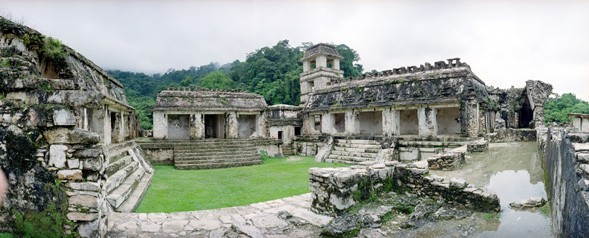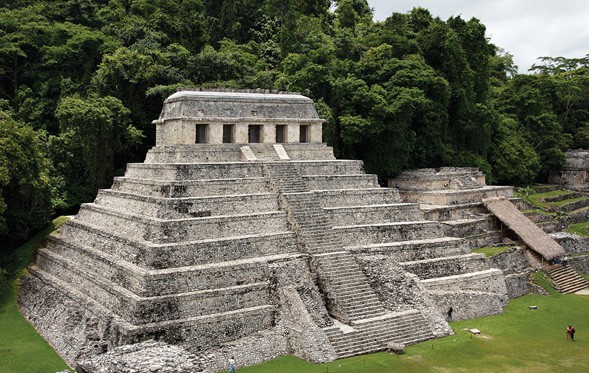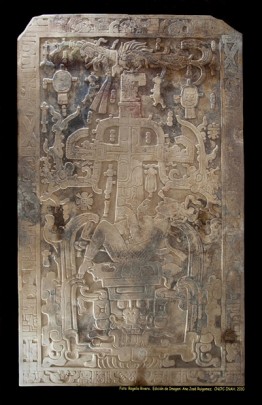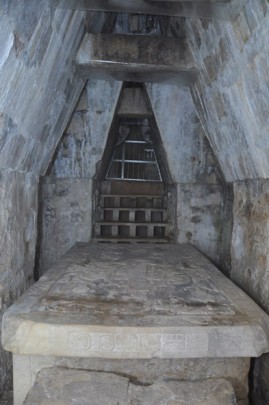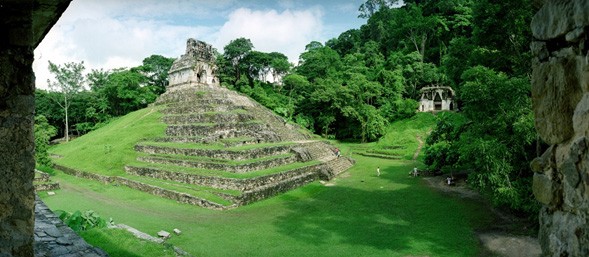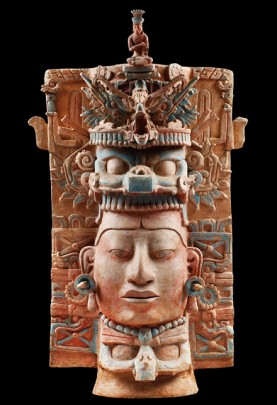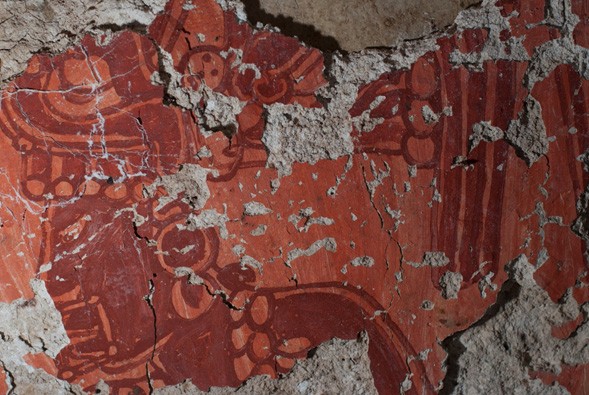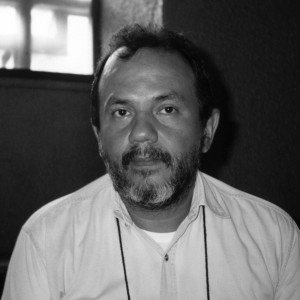Ever since its discovery at the end of the eighteenth century Palenque has been the subject of speculation about lost civilizations and antiquarian curiosity. Archeological investigations of the ancient city have stunned the scientific world for more than a century with the high quality of the architectural and sculptural works, as well as the well-preserved glyphic inscriptions and the discovery of one of the most important tombs found to date in the Mayan region.
Although the processes that led to the rise of Palenque have not been fully determined, the archeological data appears to indicate that at the end of the Terminal Preclassic or Protoclassic from 100 BC to 250 AD two small villages were established in the foothills of a mountain range covered in tall evergreen forest. The first of these had an area of 40 acres and it was located in the western part of the future city, while the second must have been erected around what we know today as the Great Plaza, and it attained an area of 20 acres. Over time the villages merged into one. Its inhabitants knew it as Lakamha, the “place of great waters,” probably because of the numerous streams which cross the city. After the Late Classic from 250 to 900 AD Palenque developed into one of the most important lowland Mayan cities of the northwest. It had an area of 0.8 square miles and established itself as the center of an important political, economic and religious unit of this period. Its influence extended to the city of Tortuguero to the west while the region surrounding Chinikihá, which marked its eastern limit, was known as the domain of B´aak.
Eight thousand people probably lived and worked in the city at its peak, in a densely built area surrounding the city center, where natural terraces were used as the site for 1,500 structures built on an east-west plan.
Many of these inhabitants were skilled artisans who produced a large variety of articles for both everyday and luxury use, although the majority of the people worked the fertile lands and nearby bodies of water, obtaining produce by hunting, fishing and cultivating corn and beans, which were the main crops in the vicinity of the city. It is clear that this ecological diversity offered sufficient resources to maintain its population and for the settlement to reach its maximum expansion, although to consolidate its power it also required other perishable and non-perishable products which could only be sourced by trading, as they were not available locally. Such products include jadeite, obsidian and cinnabar, which were of high material and symbolic value, and hence they were traded over great distances, making an important contribution to urban life.
Palenque is considered one of the most outstanding of the northwestern lowland Maya cities on account of its artistic, architectural and religious wealth. As a result, we must look after it and conserve it so that it may continue to speak of its indigenous past to future generations, offering a panorama of the most relevant aspects of its culture and way of life.
Arnoldo González Cruz
INAH Center, Chiapas

